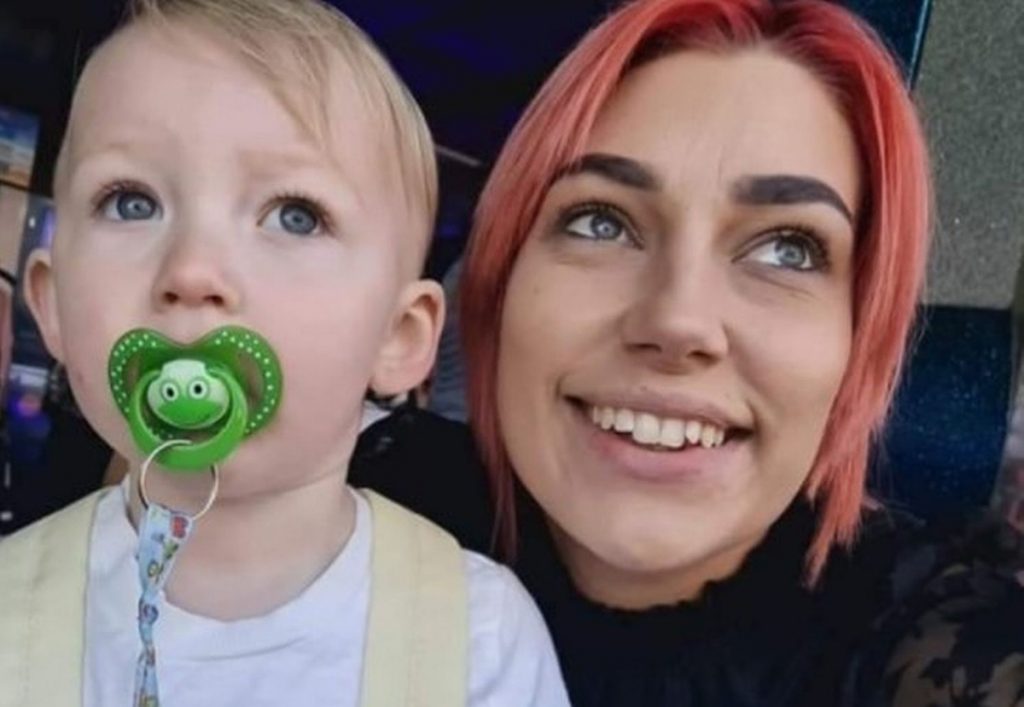When Parents Should be Concerned
- A mother noticed something strange happening to her son his eyes were changing colors. This led to a devastating retinoblastoma diagnosis.
- Treatment options for retinoblastoma include freezing and laser therapy, chemotherapy, radiotherapy and surgery.
- As a parent, it's vitally important to pay attention to your child's health and take them to see a medical professional if you feel something isn't right.
"It was absolutely heartbreaking," the mother says. "You hear these stories but you don't think you're ever going to live it yourself. (My son) has been absolutely fine in himself, which is why it was so hard to believe it."
Read More
Kenny's Retinoblastoma Diagnosis
Once Mosley took her son to his primary care doctor, they immediately sent him to a hospital. Doctors at the James Cook University Hospital referred him to Birmingham Children's Hospital. There, doctors performed an ultrasound on his dilated pupils. The results were heartbreaking.The 2-year-old was diagnosed with retinoblastoma a cancer that starts in the retina, the very back part of the eye. This cancer is also the most common type of eye cancer in children, like Chapman.
In addition, his tumor was a group D tumor and nearing a group E tumor, which means the tumor is very large, extends near the front of the eye, is bleeding or causing glaucoma (high pressure inside the eye), or has other features that mean there’s almost no chance the eye can be saved, according to the American Cancer Society.
"They showed us the pictures of inside Kenny's poorly eye," Mosley tells TeessideLive. "You could see the tumour and loads of little white circles that float around in his eye. They also told us his retina has fully detached itself inside his poorly eye."
Treatment options for retinoblastoma include freezing and laser therapy, chemotherapy, radiotherapy and surgery. In order to treat the cancer, Chapman will have to be given six rounds of chemotherapy, which will be injected directly into his eye.
Chapman’s doctors believe there’s a chance of saving the 2-year-old’s eye as his tumor is a group D and not yet a group E tumor, which is when the odds of saving the eye become extremely slim. However, his level of sight after the chemo will depend on how the treatment goes. He had his first round of chemo, which lasted five tough hours, on Oct. 30. His next round of chemo will take place on Nov. 24.
Advocating for Your Child; When to be Concerned
When it comes to your own health, as an adult, advocating for yourself and your own health is extremely important. It isn't uncommon to run into medical professionals who will dismiss your symptoms, but you know your body the best. And you know when there's something wrong.
The same goes for a parent and their child. Mothers and fathers know when there's something wrong with their child, and children aren't able to advocate for themselves.
As a parent, it's vitally important to pay attention to your child's health and take them to see a medical professional if you feel something isn't right. But it's also only natural to worry about your child and seek professional help for the smallest things.
Advocating for Yourself While Navigating the Medical World
Most people don't want to assume the worst about the health of their loved ones, or even their own health, but there are signs and symptoms parents should be on the lookout for that could be indications of childhood cancer.
The American Cancer Society reports that many childhood cancers are found early, either by a doctor or their parents and/or relatives. In Chapman's case, his mother was the one who noticed the symptoms first. But cancers in children can be hard to recognize right away because the early symptoms are often similar to (or dismissed as) those caused by more common illnesses or injuries, according to the ACS.
While cancer in children is rare in both the United States and the U.K. (in the U.K., 1 in every 450 children under 15 years old will develop cancer), it's a good idea to have your child evaluated by a doctor if they're experiencing symptoms that don't go away, such as:
- Unusual lump or swelling
- Unexplained paleness and loss of energy
- Easy bruising or bleeding
- Ongoing pain in one area of the body
- Limping
- Unexplained fever or illness that doesn't go away
- Frequent headaches, often with vomiting as well
- Sudden eye or vision changes (a symptom of retinoblastoma that Chapman had)
- Sudden unexplained weight loss
The majority of the time, most of the symptoms listed above are more likely to be caused by something other than cancer, such as an injury or infection. But if your child has any of these symptoms, see a doctor so the cause can be found, according to the ACS.
Learn more about SurvivorNet's rigorous medical review process.


